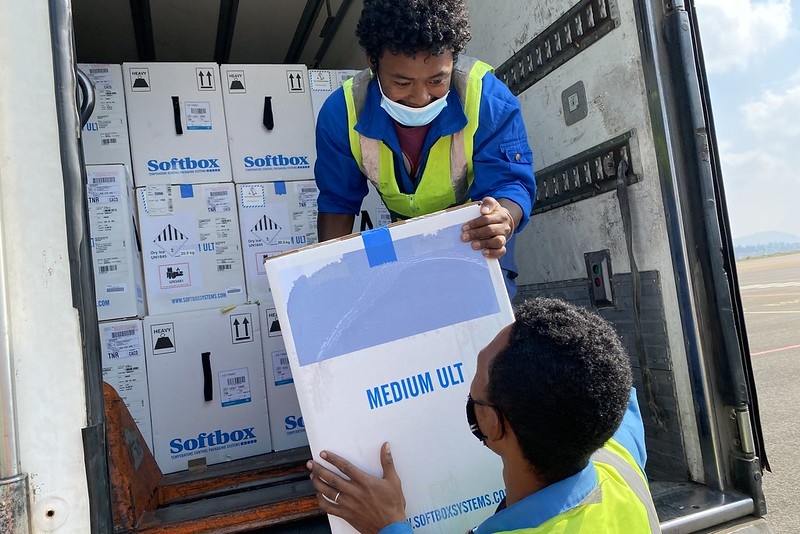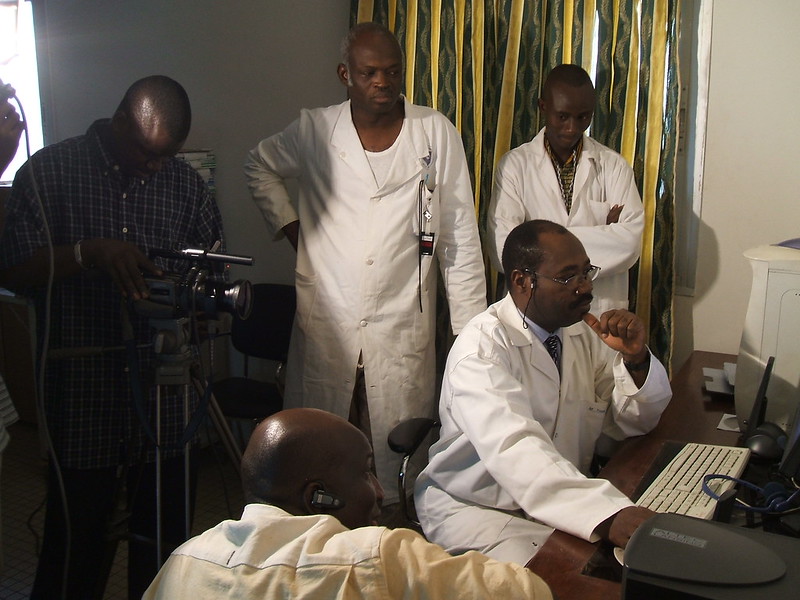
The global economy has felt the impact of the COVID-19 pandemic significantly, with developing countries, particularly in Africa, bearing the brunt of this crisis. The pandemic pushed millions of Africans into extreme poverty and further widened the gap between the rich and the poor. Africa’s COVID-19 recovery efforts aim to reverse the adverse effects of the pandemic on the continent.
The Impact of COVID-19 on Poverty in Developing Countries
Widening Inequality in Africa
Nigeria: Before the pandemic, 40% of the country’s population lived below the poverty line. The economic fallout from COVID-19 has further strained the country’s fragile health care system, with six out of 10 Nigerians struggling to access basic health care services.
Kenya: The pandemic has caused job losses and food insecurity in the country. The closure of businesses and disruption of global supply chains have hit the Kenyan economy hard, and the World Bank projects the country’s economic growth to slow down to 5% in 2023.
South Africa: The continent’s most industrialized nation has experienced rising unemployment and worsening poverty levels, exposing deep-rooted socioeconomic inequalities. At the end of 2022, there were approximately 500,000 fewer jobs in the country than in 2019. The COVID-19 pandemic pushed millions into poverty, and by 2022, South Africa had a poverty rate of 63%. According to a World Bank report, South Africa is the world’s most unequal country, with just 10% of the population owning more than 80% of the wealth.
Solutions and Initiatives Driving Africa’s COVID-19 Recovery Efforts
To address these issues, governments, NGOs and international organizations are implementing various initiatives aimed at providing immediate relief and fostering long-term development.
The World Bank: In April 2020, the World Bank announced its $160 billion COVID-19 emergency response, planning to distribute the funds over a period of 15 months. Some of the countries that have received financial support include Nigeria, Ethiopia, Kenya and South Africa. The funds have been used to strengthen health care systems, support businesses and provide social safety nets for vulnerable populations. Specific projects include supplying medical equipment and personal protective equipment (PPE), increasing the number of health care workers and delivering cash transfers to affected households. The World Bank has also collaborated with other international organizations, such as the IMF, to provide debt relief to the poorest countries, enabling them to focus resources on fighting the pandemic. As of September 2021, the World Bank has provided COVID-19 emergency support to more than 100 countries, making this response the largest crisis response in the organization’s history.
The African Development Bank (ADB): In April 2020, the ADB launched its $10 billion COVID-19 Response Facility. This initiative has led to several measurable outcomes, including providing budget support to countries like Nigeria, which received a $288.5 million loan to strengthen its health care infrastructure and increase social spending. The facility has also enabled 1.3 million people across Africa to access electricity, created 1.8 million jobs and provided millions of people with agricultural technologies to improve food security. The ADB aims to continue supporting Africa’s COVID-19 recovery efforts by financing infrastructure projects, promoting regional economic integration and increasing access to quality health care and education.
Local Projects and Community-driven Efforts Donate Resources
Grassroots organizations, such as the Lagos Food Bank Initiative (LFBI) in Nigeria, the Solidarity Fund in South Africa and the Shining Hope for Communities (SHOFCO) in Kenya, are working to alleviate the impact of the pandemic on impoverished populations.
LFBI, founded in 2016, focuses on providing food assistance and nutrition education to vulnerable communities. The organization has reached more than 2,000,000 beneficiaries and provided more than 2 million meals since its inception. During the COVID-19 pandemic, LFBI increased food distribution efforts and launched a door-to-door delivery program to ensure families receive the support they need.
Established in March 2020, the Solidarity Fund aims to mobilize resources to combat the pandemic and support the nation’s health response. The organization has raised more than $200 million, which has been used to purchase PPE, ventilators and other essential medical equipment for health care facilities. Additionally, it has supported food relief programs, providing food parcels to vulnerable communities.
Launched in 2004, SHOFCO is a grassroots movement in Kenya that works to improve urban slums through community-led initiatives, including education, health care and economic empowerment programs. During the COVID-19 pandemic, SHOFCO provided more than 1.5 million liters of free water to communities through its water, sanitation and hygiene (WASH) program. The organization has also set up handwashing stations and distributed hygiene products, such as soap and sanitizer. Through its education program, SHOFCO has reached more than 700,000 individuals with COVID-19 prevention information and awareness campaigns.
Africa Takes Steps Toward COVID-19 Recovery
– Eden Asipov
Photo: Flickr
 The impact of COVID-19 on poverty in Kuwait can first be seen through the way in which Kuwait’s economy was substantially affected by the pandemic. Oil exports make up 90% of the country’s GDP, but COVID-19 had a huge impact on oil demand, leading to a large drop in revenue. During the pandemic,
The impact of COVID-19 on poverty in Kuwait can first be seen through the way in which Kuwait’s economy was substantially affected by the pandemic. Oil exports make up 90% of the country’s GDP, but COVID-19 had a huge impact on oil demand, leading to a large drop in revenue. During the pandemic, 
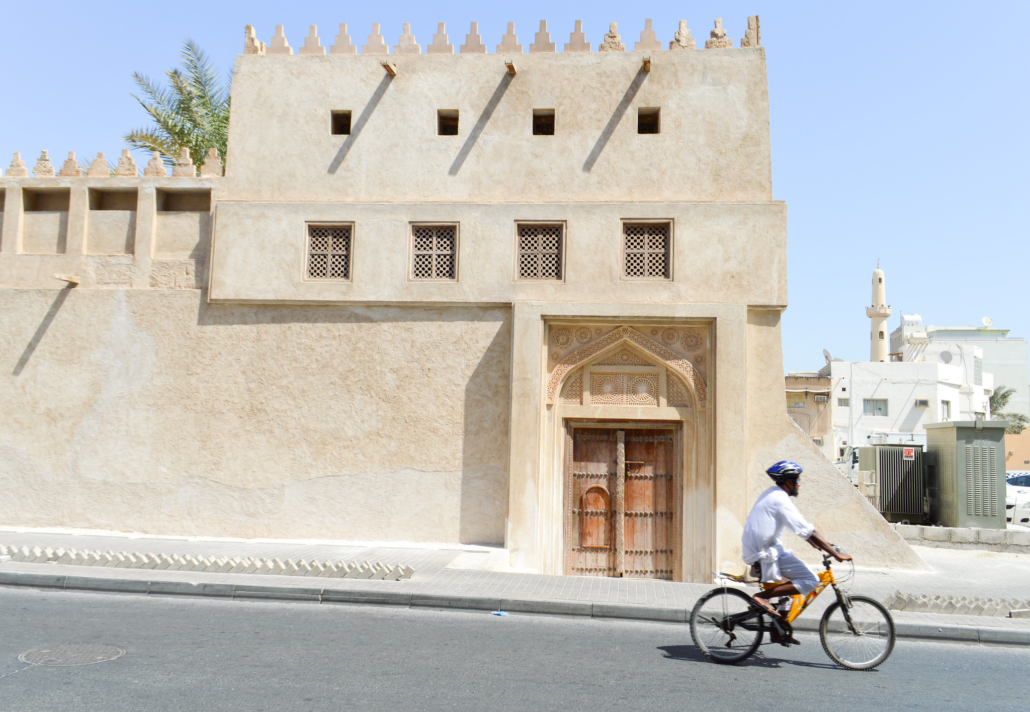


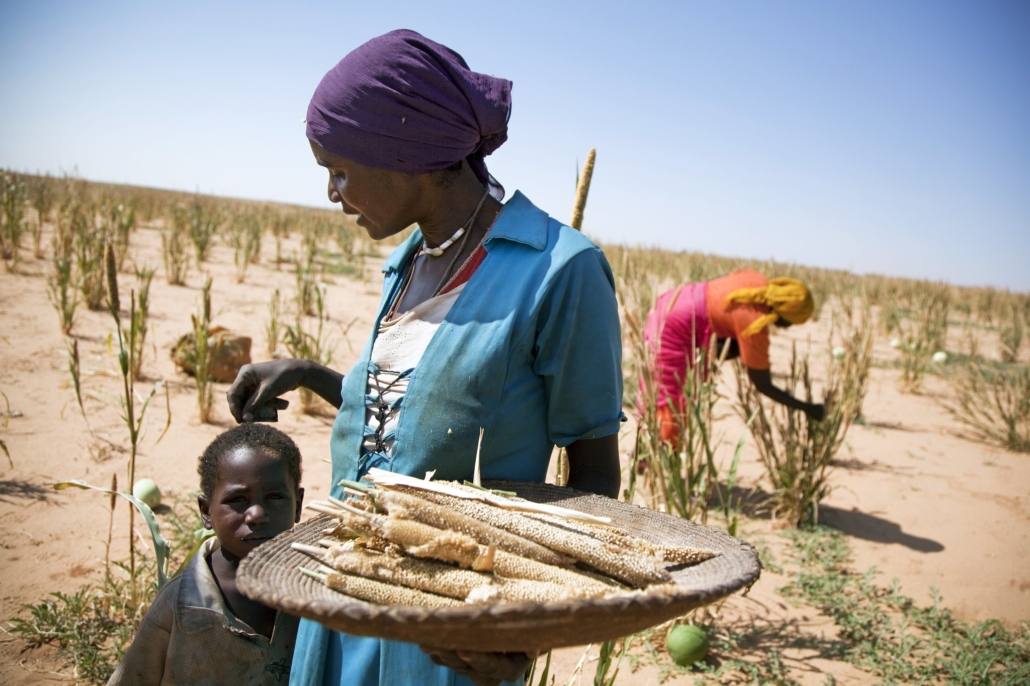

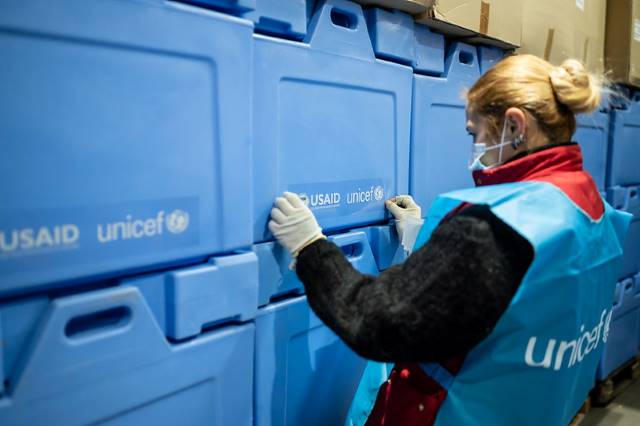 Possessing the “highest COVID-19 mortality rate in the world” in mid-2021, Peru was among the hardest-hit nations in Latin America during the peak of the COVID-19 pandemic,
Possessing the “highest COVID-19 mortality rate in the world” in mid-2021, Peru was among the hardest-hit nations in Latin America during the peak of the COVID-19 pandemic, 